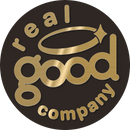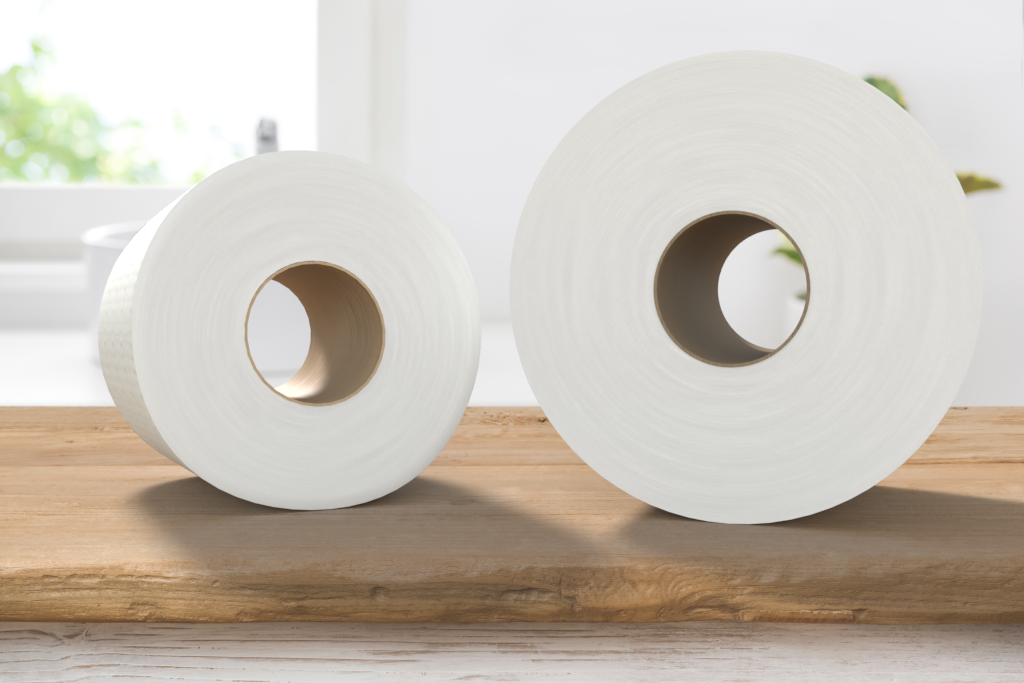A clean wiping experience is what everyone hopes for when they are done with their business. However, it isn’t an easy feat to pull off, especially with most traditional toilet paper out there. If you too can relate to this problem, you have undoubtedly searched for solutions and come across the Wet Wipes vs Dry Toilet Paper debate. Although both factions have their own loyal following, there seems to be no definite answer to which is better.
Thus, we did a bit of research on the matter to help you decide which you should buy the next time you go shopping. We will also cover more information about wet wipes, as they are quite new compared to traditional dry toilet paper.
Wet Wipes: What are they?
Wet wipes, sometimes known as “moist wipes”, are pre-moistened wipes. They contain a cleansing solution to help clean better. The wipes themselves can be made of different materials.
Flushable wipes are a type of wet wipes that can be flushed once used. They are often made of plant-based non-woven fibres, which break down easily when flushed. It would be wise to remember that certain brands produce wet wipes that are not flushable. Thus, keep an eye out for the keyword “Flushable” on the packaging if you do not want your toilet clogged. Furthermore, wet wipes are septic-safe and provide a refreshing experience.
The Pros & Cons
We believe you need no introduction to traditional dry toilet paper. So, let’s dive right into the pros and cons of wet wipes and regular dry toilet paper.
Dry Toilet Paper
Pros
- Toilet paper is widely available
- Most toilet paper is 100% bio-degradable, thus eco-friendly
- Relatively cheap
- They can be used for multiple purposes
Cons
- Some toilet paper is bleached to get the white colour, thus may emit chemical byproducts
- Relatively less comfortable to use
- The cleaning process might require more paper
Flushable Wet Wipes
Pros
- Flushable wet wipes are relatively more comfortable to use
- They are refreshing once used
- They clean better because of the moisture and cleansing agent in them
- Some flushable wet wipes breakdown relatively fast, preventing any clogs in the pipes
- Some products are all natural with no chemicals or plastic
- Wet wipes can also be used for multiple purposes
Cons
- Relatively expensive
- Some brands use chemicals and preservatives
- Certain products might contain plastic
Picking The Right Wet Wipes
Although the cons of regular toilet paper are pretty much fixed, they can be avoided in moist wipes by selecting the right brand. Thus, we’ve compiled a few details you need to look out for when you go shopping for wet wipes.
Flushability - As mentioned earlier, not all wet wipes are flushable. Some might contain plastic that causes more harm than good to the sewage system. Thus, it is important to identify if the wipes you plan on buying are actually flushable by checking the packaging.
Alcohol content - Some wet wipe products use alcohol while some don’t. The packaging usually states if a product is alcohol-free or not.
Texture - Both textured and smooth wet wipes are available in today’s market. Although textured wet wipes give a better cleaning experience, they can be rough for someone with very sensitive skin.
Fragrance - Some wipes are scented while the others can be scent-free. Picking between the two is up to personnel preference. If you opt for the fragrant option, read the packaging to make sure it’s chemical-free.
And the winner is…..
The winner of the Wet wipes vs Dry toilet paper debate will always be based on one’s preference. However, it’s an undeniable fact that wet wipes have more pros compared to regular toilet paper. Plus, by handpicking the right brand of flushable wet wipes, you can avoid most of the cons of the product. The decision is up to you, but if you can spend a few minutes looking for the details we’ve mentioned, wet wipes are guaranteed to give you a better cleaning experience.

